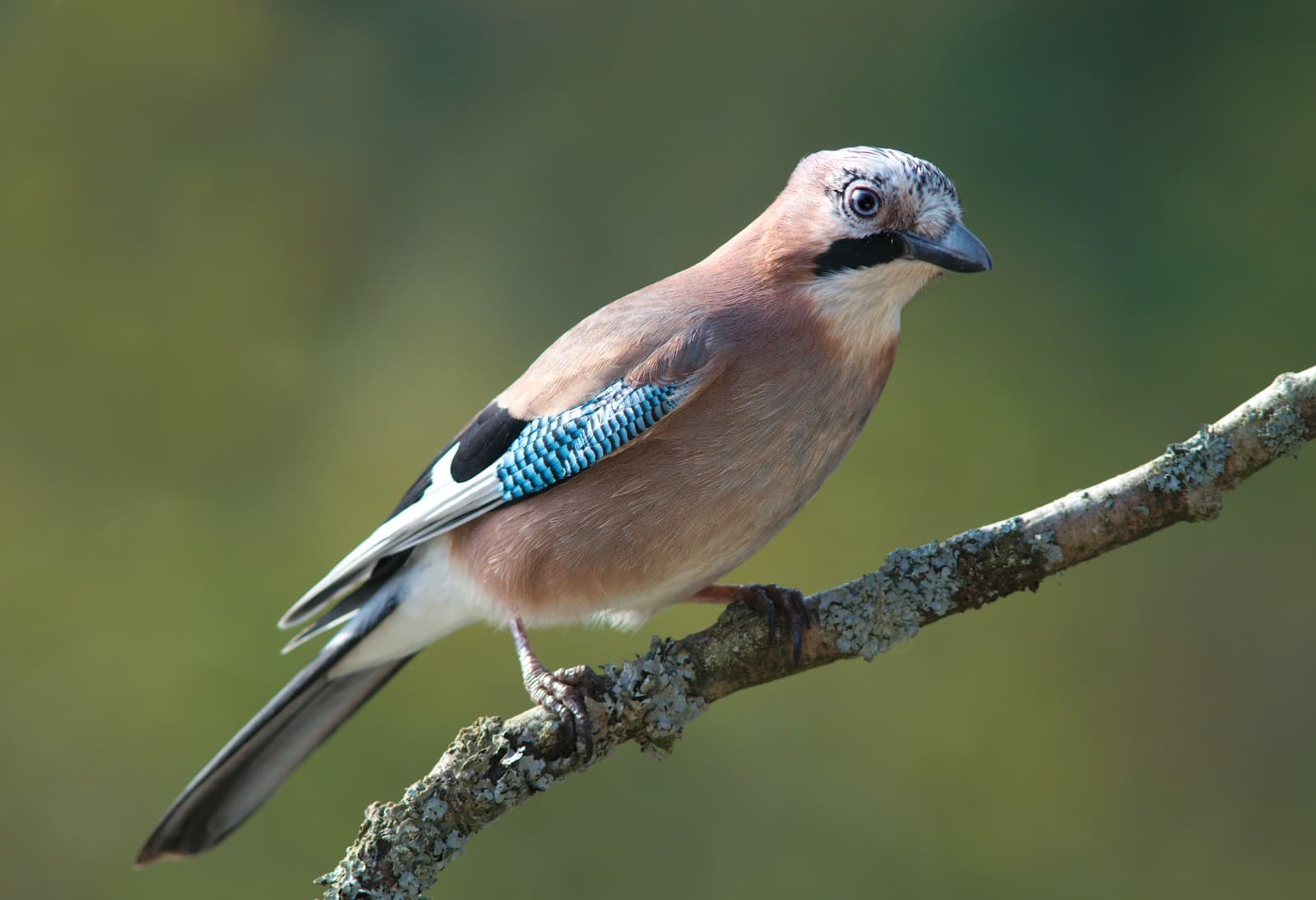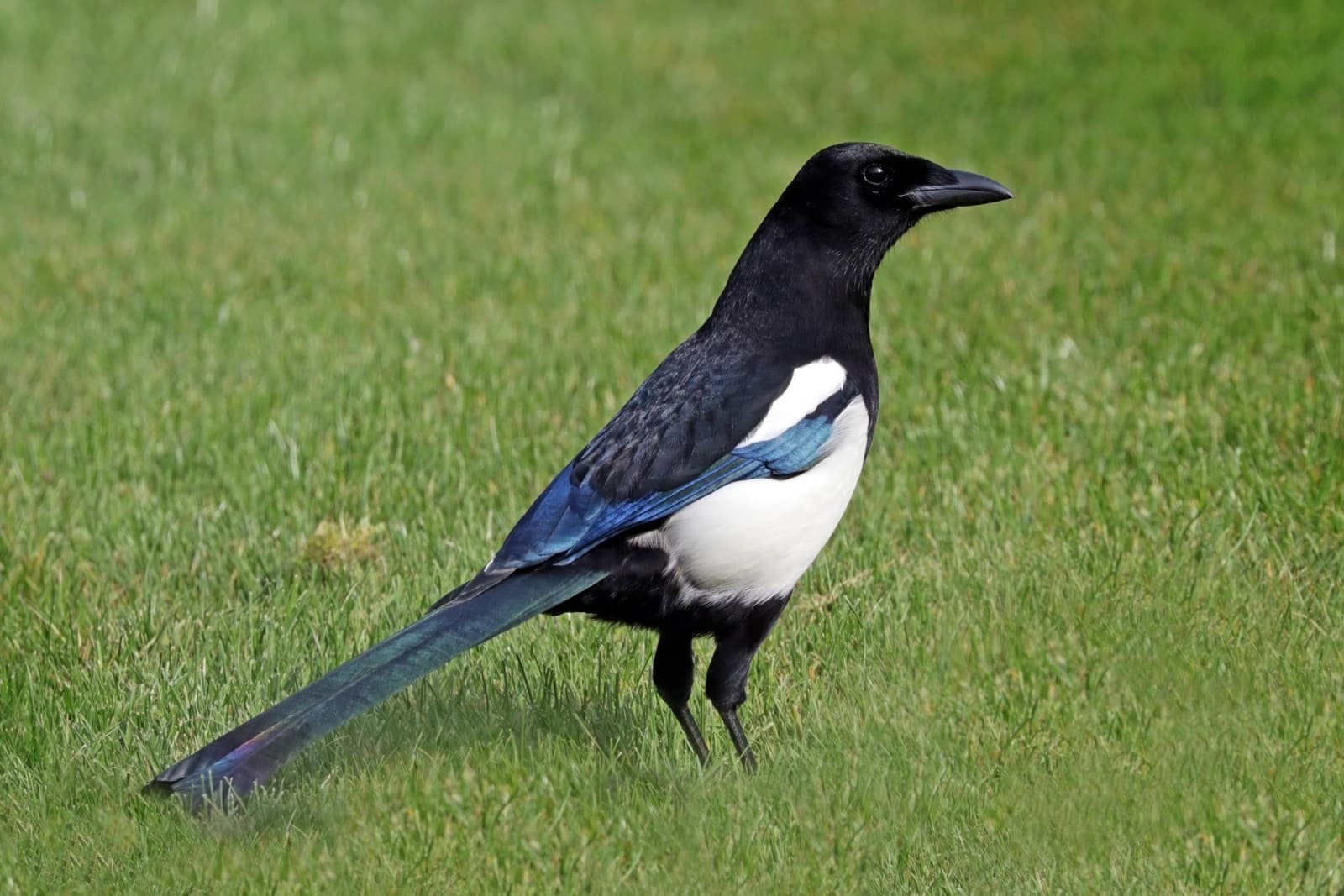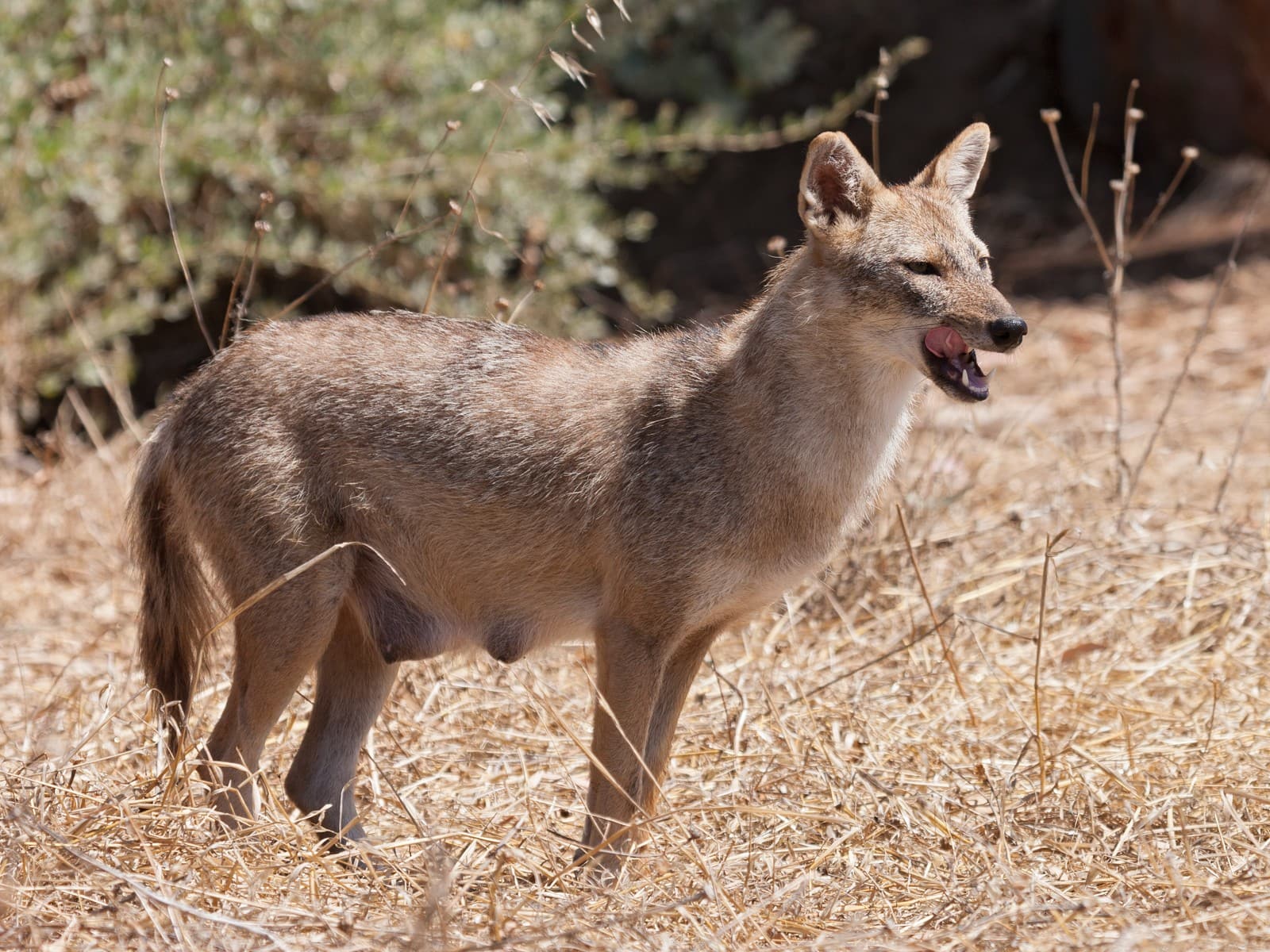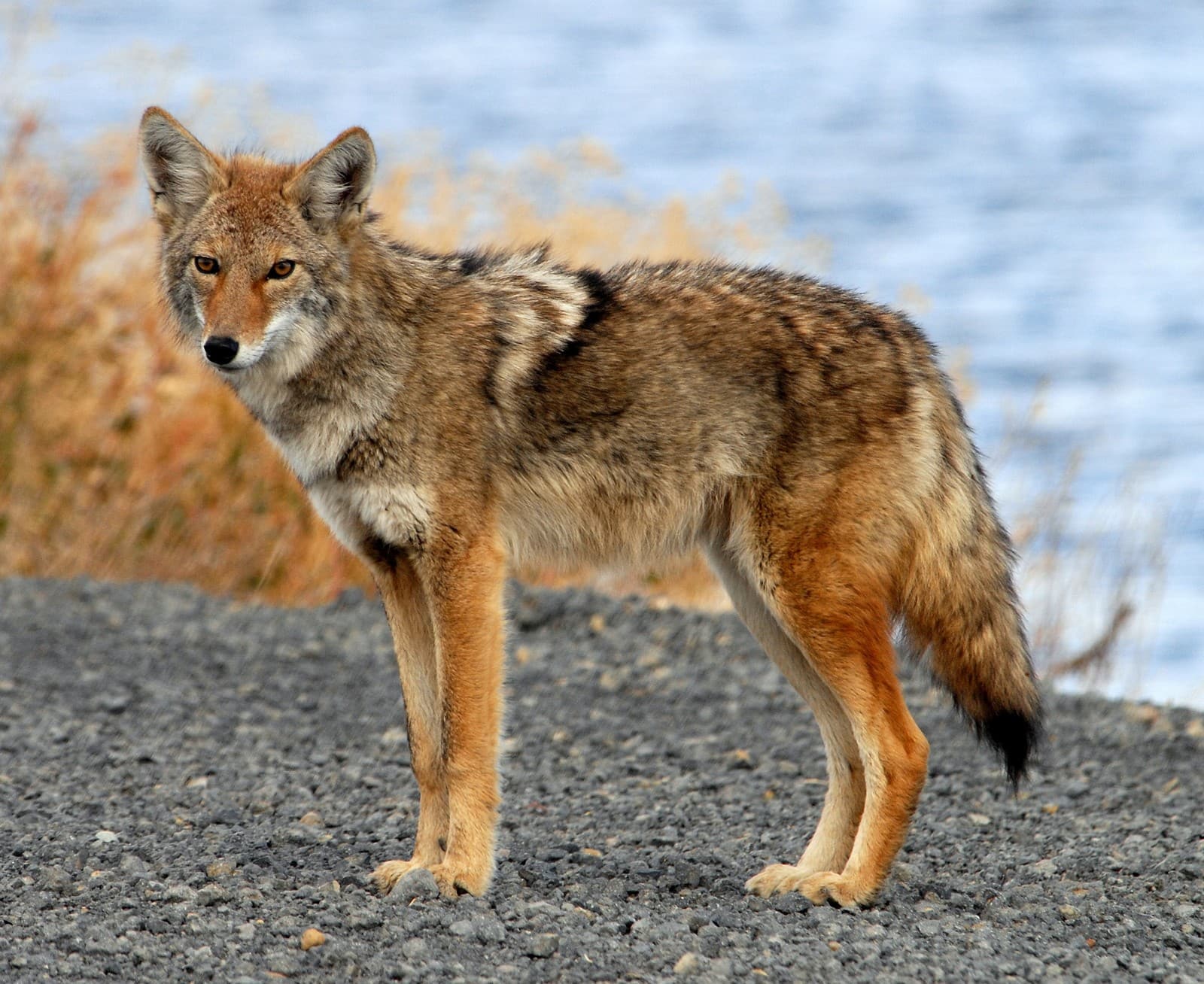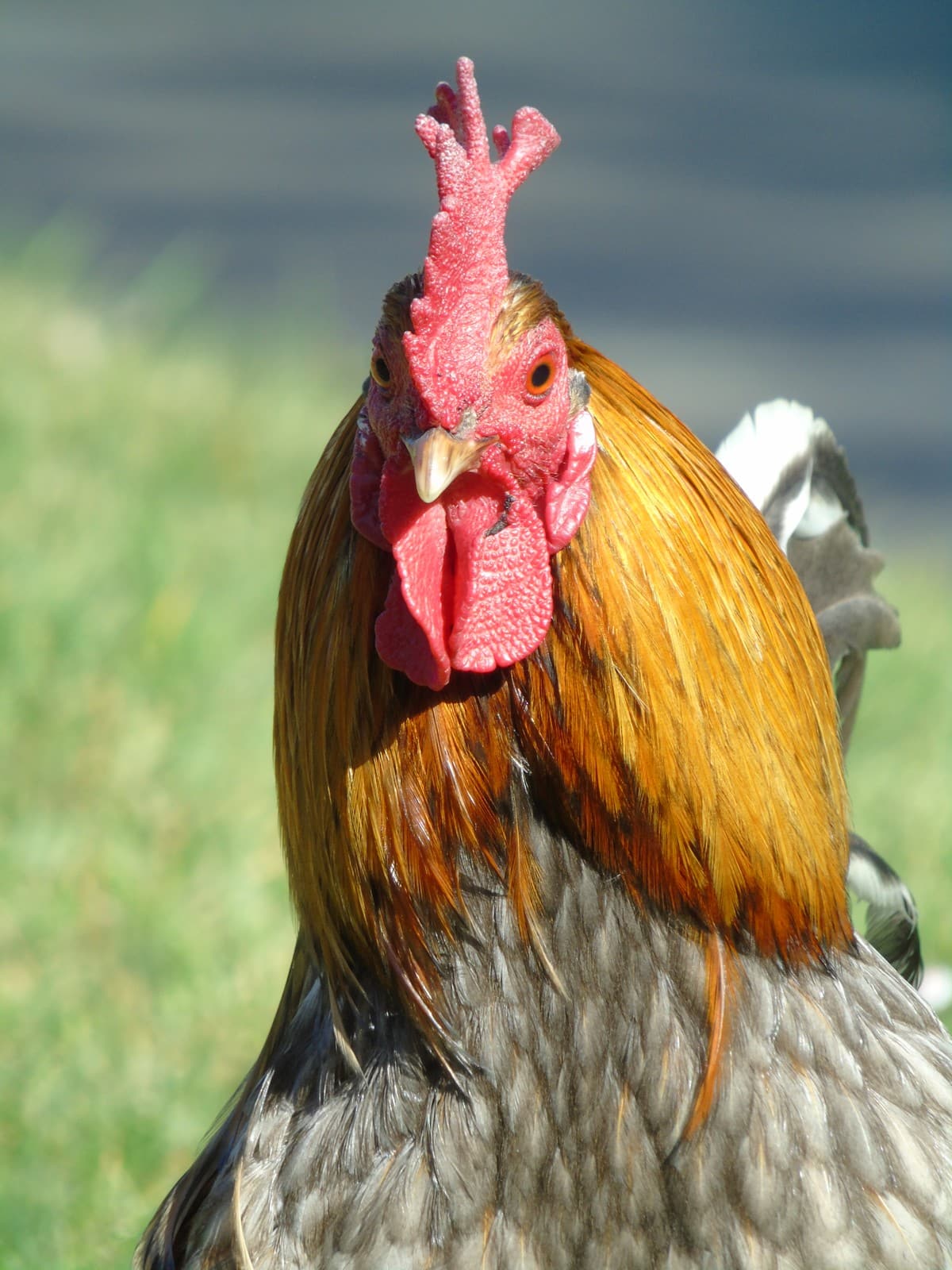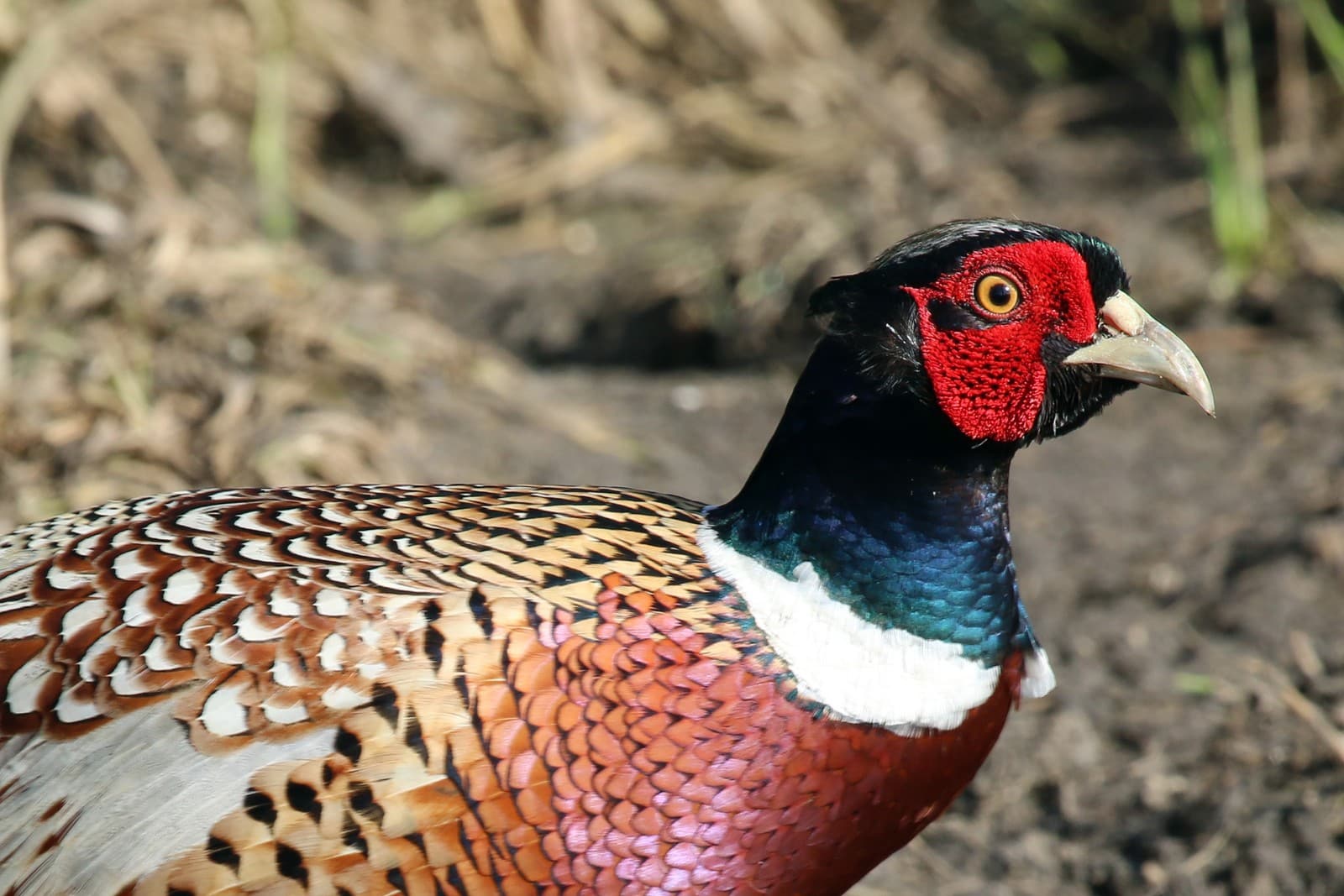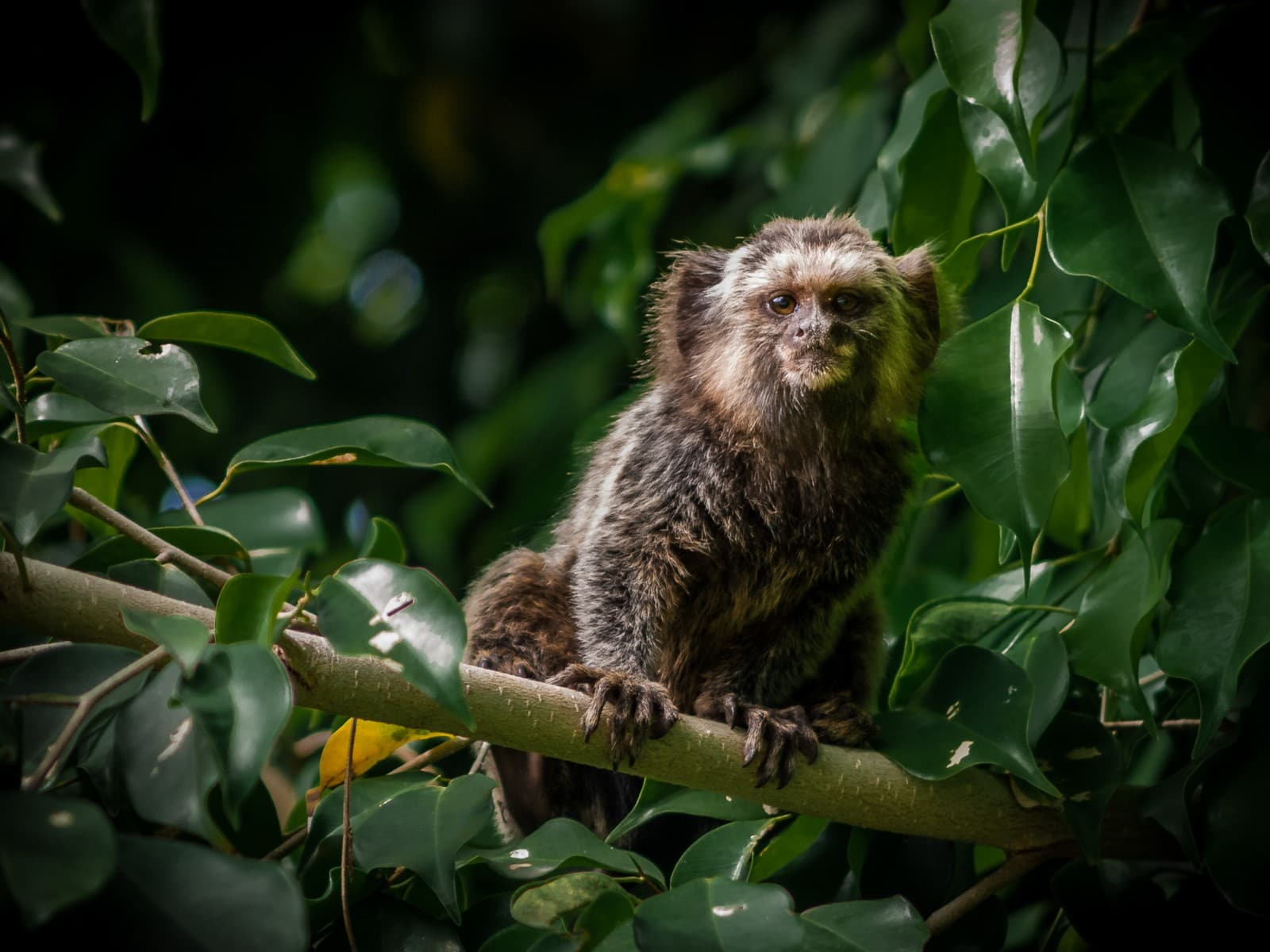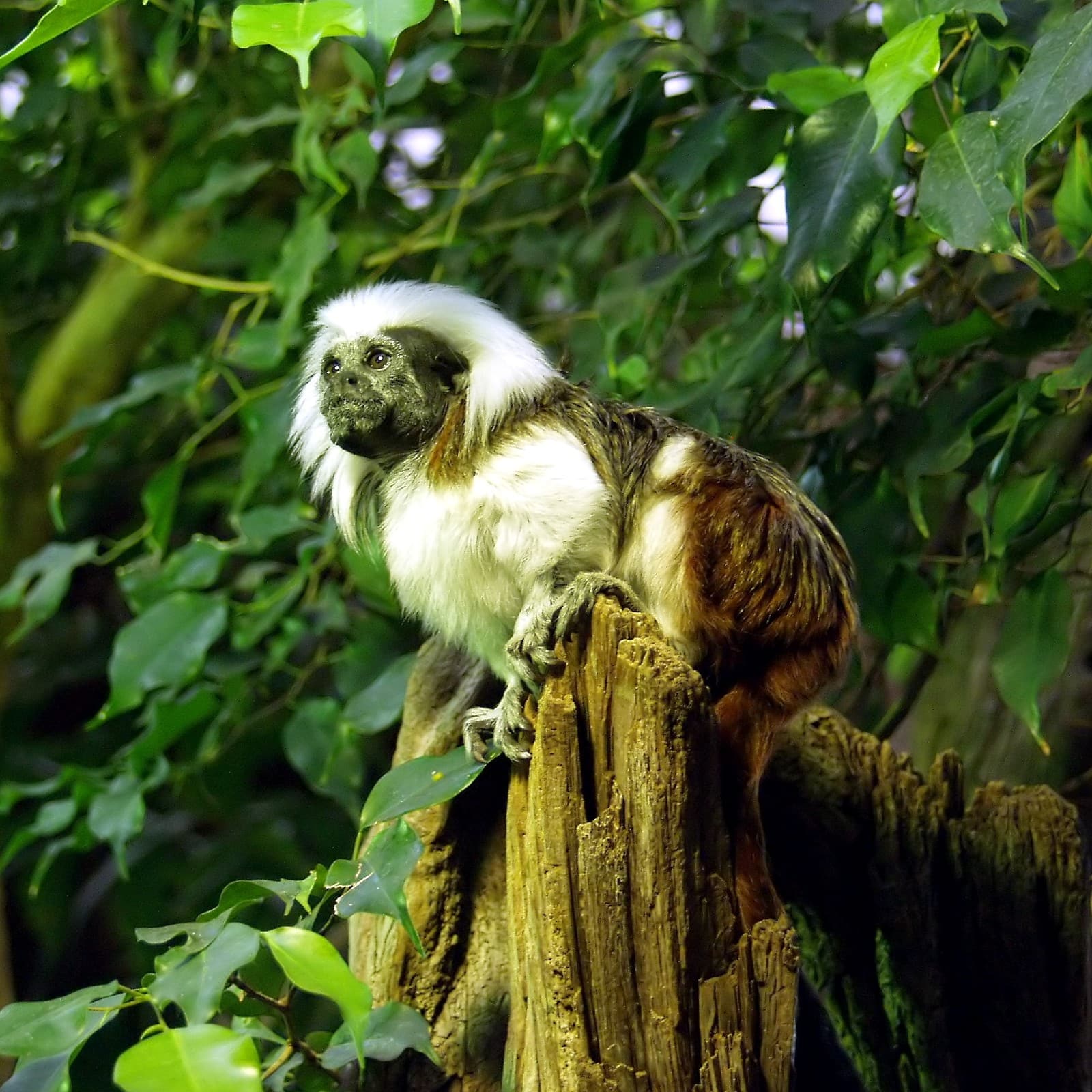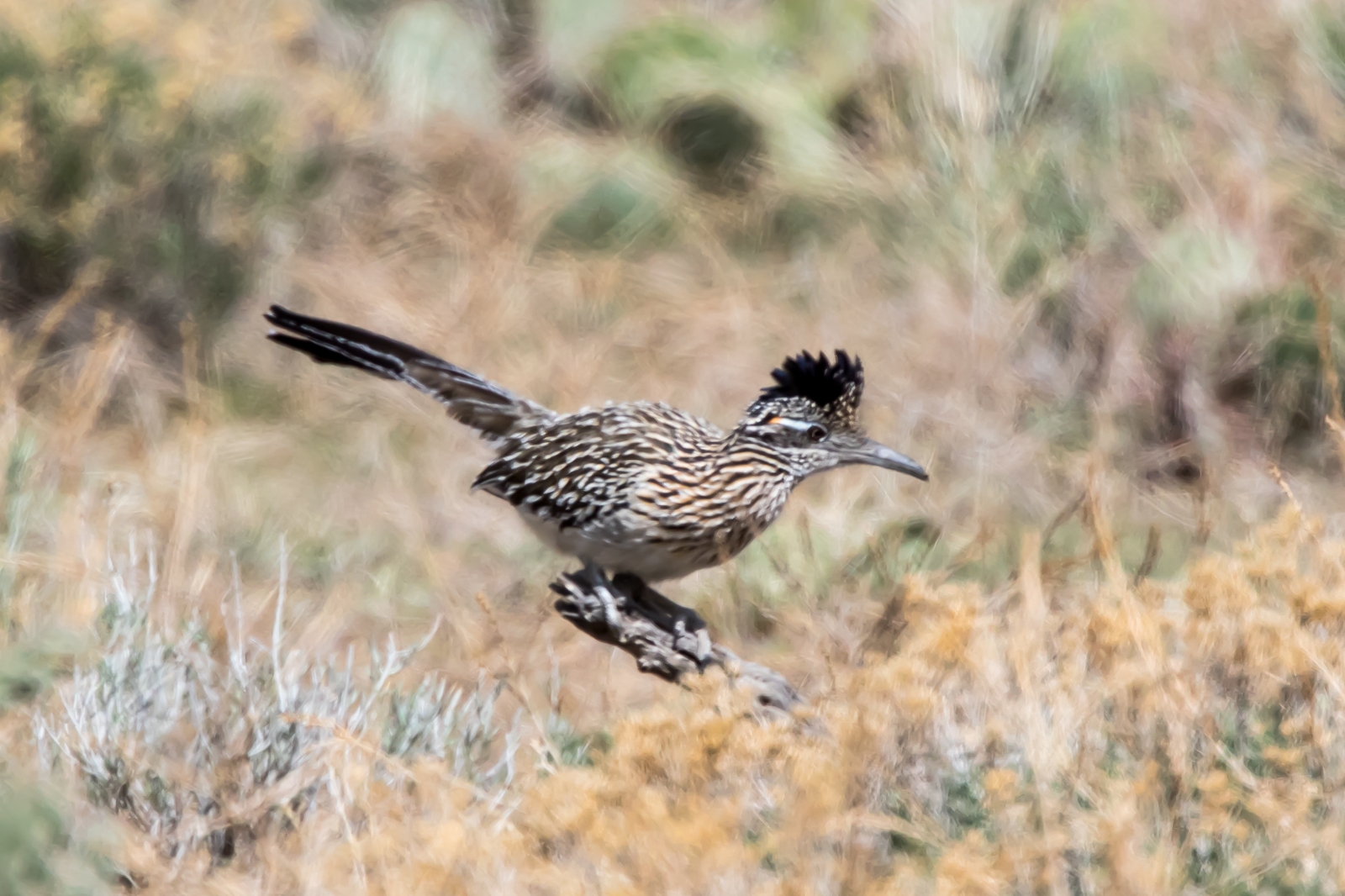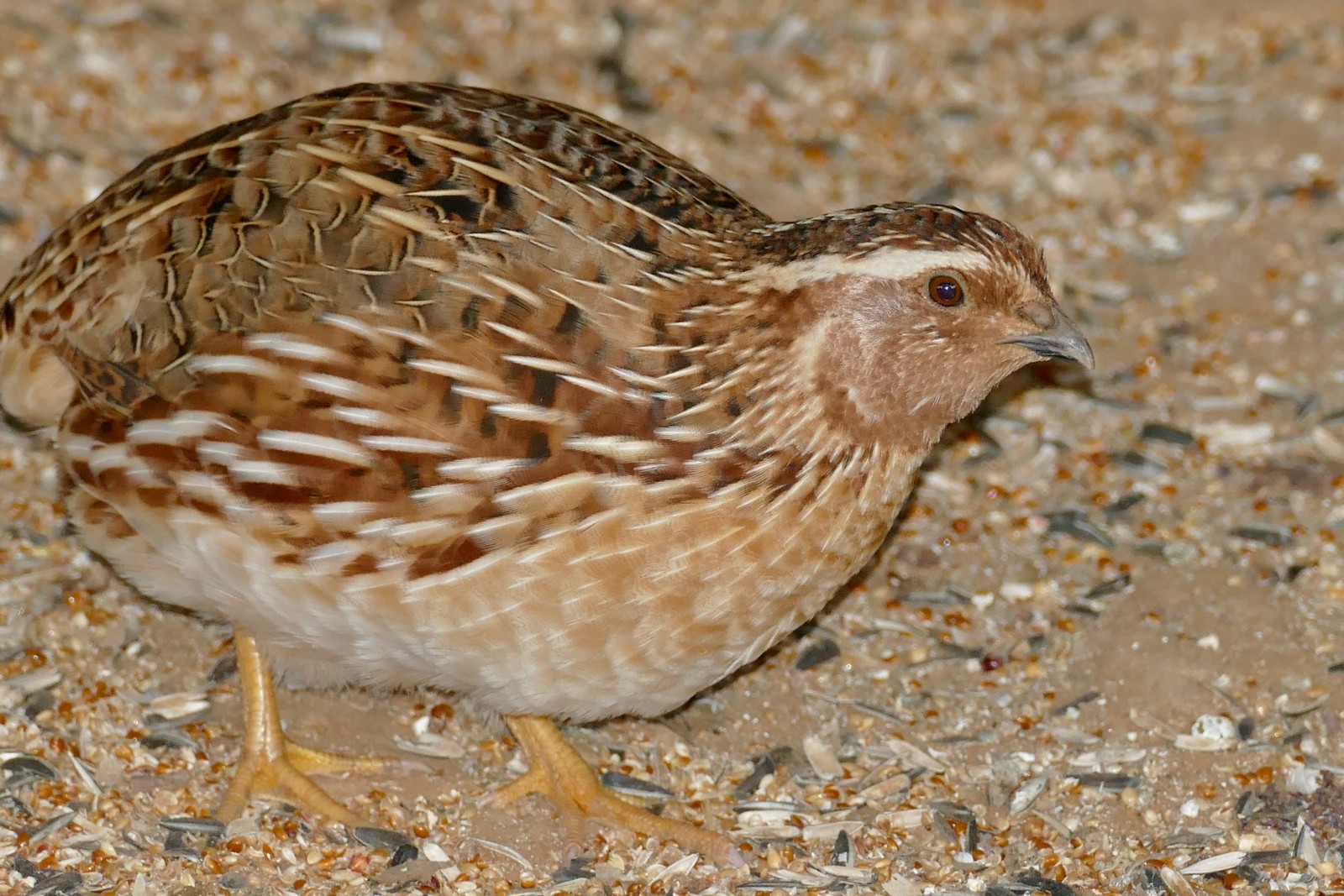Puff Adder vs Gaboon Viper: A Complete Comparison
When comparing the Puff Adder vs Gaboon Viper, we’re examining two of Africa’s most formidable venomous snakes. The Puff Adder (Bitis arietans) causes more fatalities than any other African snake, while the Gaboon Viper (Bitis gabonica) possesses the longest fangs of any snake worldwide, measuring up to 2 inches (5 cm). These heavyweight vipers share the same genus but exhibit distinct differences in behavior, appearance, and hunting strategies.
Both species are ambush predators, but their approaches differ significantly. The Puff Adder relies on aggressive defense and quick strikes, while the Gaboon Viper demonstrates remarkable patience, sometimes remaining motionless for weeks while waiting for prey. Understanding these differences is crucial for both wildlife enthusiasts and those living in regions where these snakes are found.
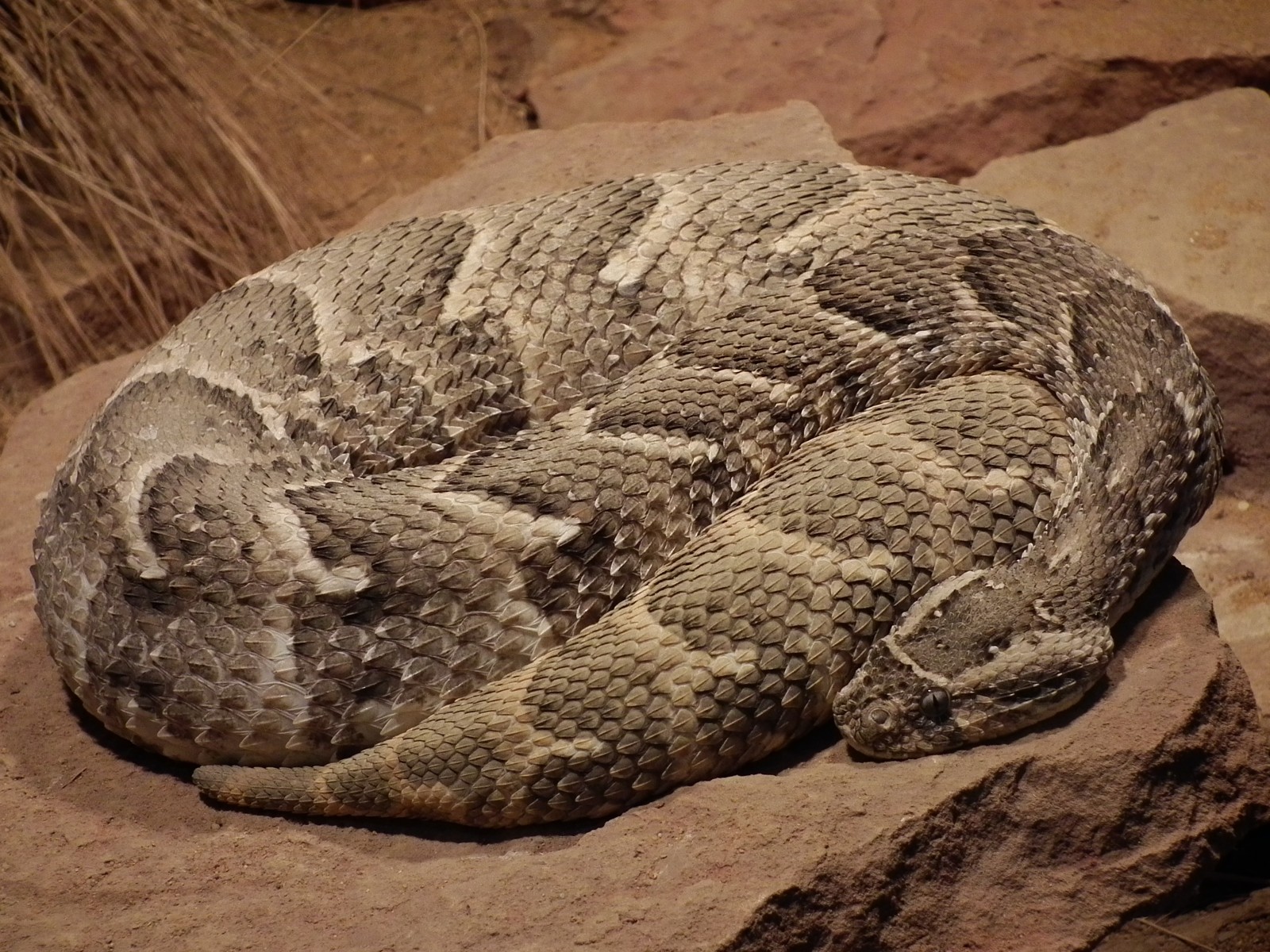
© 4028mdk09 / CC BY-SA 3.0
The Puff Adder displays its characteristic defensive posture, showcasing the chevron patterns that make it one of Africa’s most recognizable vipers. This species’ ability to blend with its surroundings while maintaining strike-readiness has made it a successful predator across diverse habitats.
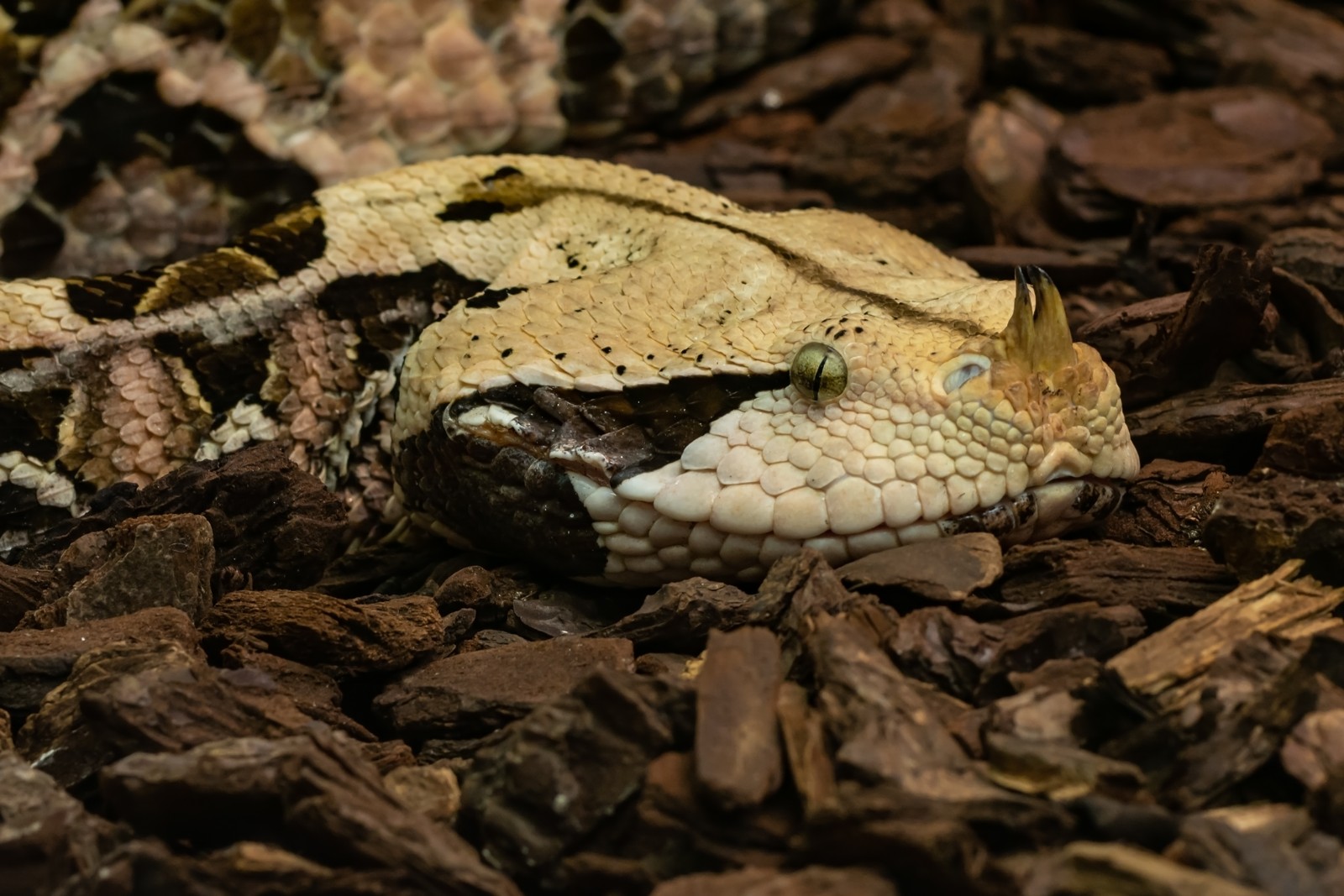
© Isiwal / CC BY-SA 4.0
The Gaboon Viper exhibits its remarkable camouflage pattern, which helps it disappear into forest floor debris. Note the distinctive horns and intricate geometric patterns that distinguish it from its cousin, the Puff Adder.
Key Differences: Puff Adder vs Gaboon Viper
| Feature | Puff Adder | Gaboon Viper |
|---|---|---|
| Size | 3-4 ft (0.9-1.2 m) | 4-6 ft (1.2-1.8 m) |
| Weight | Up to 13 lbs (6 kg) | Up to 25 lbs (11 kg) |
| Fang Length | 0.5 inches (1.3 cm) | 2 inches (5 cm) |
| Venom Yield | 100-350 mg | 200-600 mg |
| Habitat | Diverse, including savanna and semi-desert | Rainforest and woodland |
| Behavior | Aggressive when threatened | Generally docile |
Habitat and Distribution
The Puff Adder demonstrates remarkable adaptability, occurring across most of sub-Saharan Africa in habitats ranging from coastal dunes to mountain grasslands up to 8,200 feet (2,500 m). In contrast, the Gaboon Viper prefers the specific conditions of rainforests and dense woodlands, limiting its range to central and western Africa.
Venom and Hunting Strategies
While both species possess highly potent hemotoxic venom, their hunting strategies differ significantly. Puff Adders strike rapidly and release prey quickly, tracking it until the venom takes effect. Gaboon Vipers often maintain their bite, using their exceptionally long fangs to deliver deeper venom injection. Their venom composition also varies:
- Puff Adder venom: Primarily cytotoxic, causing severe tissue damage
- Gaboon Viper venom: Complex mixture of cytotoxins and neurotoxins
Behavioral Differences
The behavioral contrast between these vipers is striking. Puff Adders typically respond to threats with their namesake warning display - loud hissing while inflating their bodies. Gaboon Vipers rarely display defensive behavior, preferring to rely on their exceptional camouflage and remaining motionless when disturbed.
Who Would Win in a Fight?
While such encounters rarely occur in nature, a comparative analysis of their defensive capabilities suggests the Gaboon Viper would likely prevail in a direct confrontation. Its advantages include:
- Larger size and mass
- Longer fangs for deeper venom injection
- Higher venom yield per bite
- More complex venom composition
However, the Puff Adder’s faster strike speed and more aggressive nature could provide an advantage in certain scenarios.
Conservation Status
Both species face increasing pressure from habitat loss and human persecution. While neither is currently listed as threatened, local populations have declined significantly in many areas. Conservation efforts focus on:
- Habitat preservation
- Public education about snake safety
- Anti-venom availability
- Research into population dynamics
Understanding the distinct characteristics of the Puff Adder vs Gaboon Viper remains crucial for conservation efforts and human safety in regions where these remarkable predators occur.
